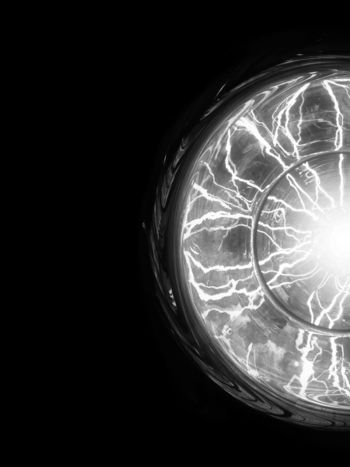Technical requirements and field experiences with MV DC switching equipment
Today's power grids are generally powered by AC electricity. Energy flow was historically from generation in power plants, through transmission and distribution, to the consumer. Recently, this structure has begun changing through the addition of generation sites distributed throughout the transmission and distribution systems. Beyond the baseline demand for safe operation under load and fault conditions, the additional generation connections stress the physical boundaries of AC networks. These changes are influencing the capacity of the network, its short circuit level, and the level of control that is capable with the tools and technology available today.
Members
Convenor (DE)
C. HEINRICH
Secretary (JP)
T. MIYAMOTO
L. ÄNGQUIST(SW), N.A.BELDA(NL), G. DE CARNE( DE), D. DESMOND(US), X. GODECHOT(FR), P. HOCK (DE), C. KRUSCHA (DE), N. LANGENBERG (DE), Z. Liu (CN), M. MANZUK (RU), H. MENNE (CH), A. MOKHBERDORAN (PT), P. NOVAK (DE), M. RIVA (IT), J. SIM (KO) T. SOMMERER (US), D.WILHELM (DE), Y. WU (CN)
DC power brings a strong set of attributes for grids and energy delivery challenges, including lower distribution losses and higher power carrying capacity. Another trend is the increase in sources and loads that generate and operate at DC, with almost half of electricity today arriving to its point-of-use as DC. Moreover, DC power is extremely useful in industrial applications, electrified transportation, and resource production including offshore oil, gas, and wind power. Combined with recent advances in solid state devices, power electronics systems like voltage source converters and DC-to-DC converters, there is a significant opportunity to enable greater use of DC across these important applications. More advances in these base technologies are still needed to further enable increased usage of MVDC grid systems.
The lingering risk of electrical fault scenarios under overload and short circuit conditions remains a primary hurdle preventing the growth of DC markets. In AC networks, electricity alternates direction periodically, naturally providing a "zero crossing" of current, which allows electrical faults to easily be extinguished by a variety of switching technologies. DC networks deliver power without zero crossings, which prevents breaking of the current in both load and fault conditions for most of the AC switching equipment. Innovations and developments in MVDC switching devices and circuit-breakers would enable the above-mentioned efficiency improvements, changing the way electricity is delivered and controlled across the power grid.
DC has been deployed for us in high-voltage systems for decades. HVDC systems are used to bridge long distances exceeding the physical, electrical and/or economic limit of AC transmission or link systems of conflicting parameters (like frequency). Previous CIGRE Working Groups have covered many of these HV related aspects already and published in some Technical Brochures.
Most DC applications today are low voltage, as electronics typically operate at this voltage level. This applies to both loads and generation. Typical examples for loads are computer and control, converter driven motors and machinery, audio, and video equipment as well as modern lighting based on LED technology. Though this equipment has been in use for quite some time, it has been limited to single applications for end-users, and not yet extended into grids. There are many reasons this hasn’t occurred, but one of the primary blockers is the lack of readily-available products and standardization. Without this kind of equipment readily available and understood, engineering projects that must meet standard technical and safety requirements is very challenging. With several new standards appearing and larger projects materializing, this is changing. These LV topics, however, will not be further considered within the Technical Brochure, as this Working Group is solely focused on MV.
There have been very few active MVDC distribution grids with voltages between 1 kV and 52 kV in the past. Exceptions are converter-based network links, typically as a point-to-point connection to bridge an appreciable distance, or two networks of different parameters. These applications do not contain additional switching equipment besides of the converters and will only briefly be touched within this Technical Brochure. Previous CIGRE...

